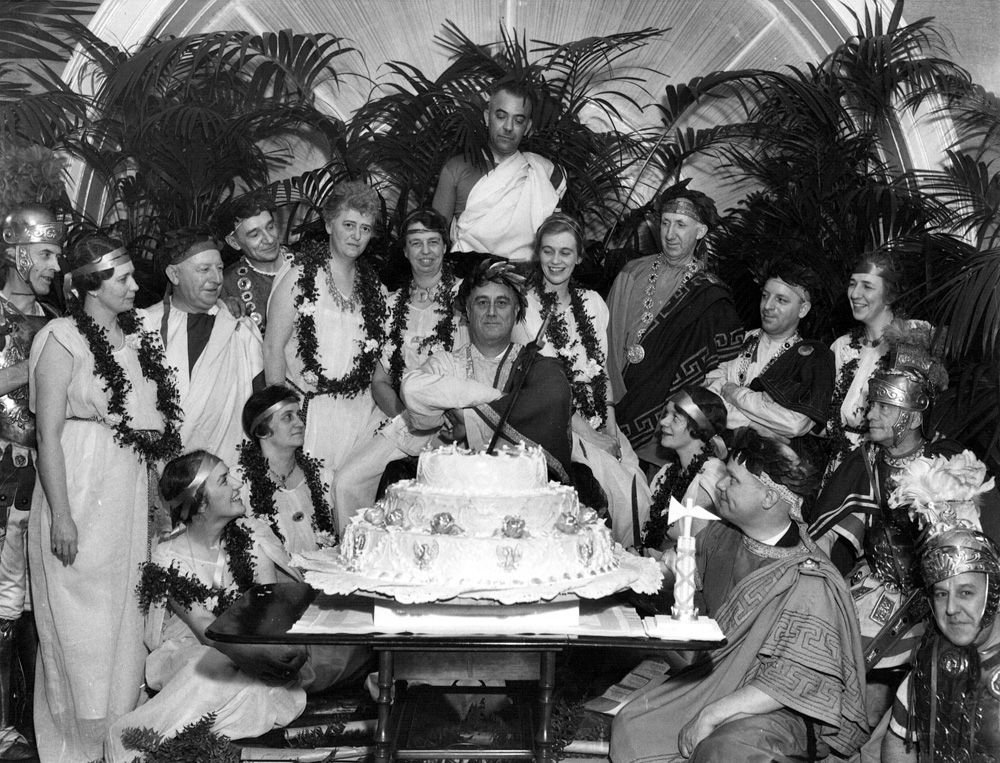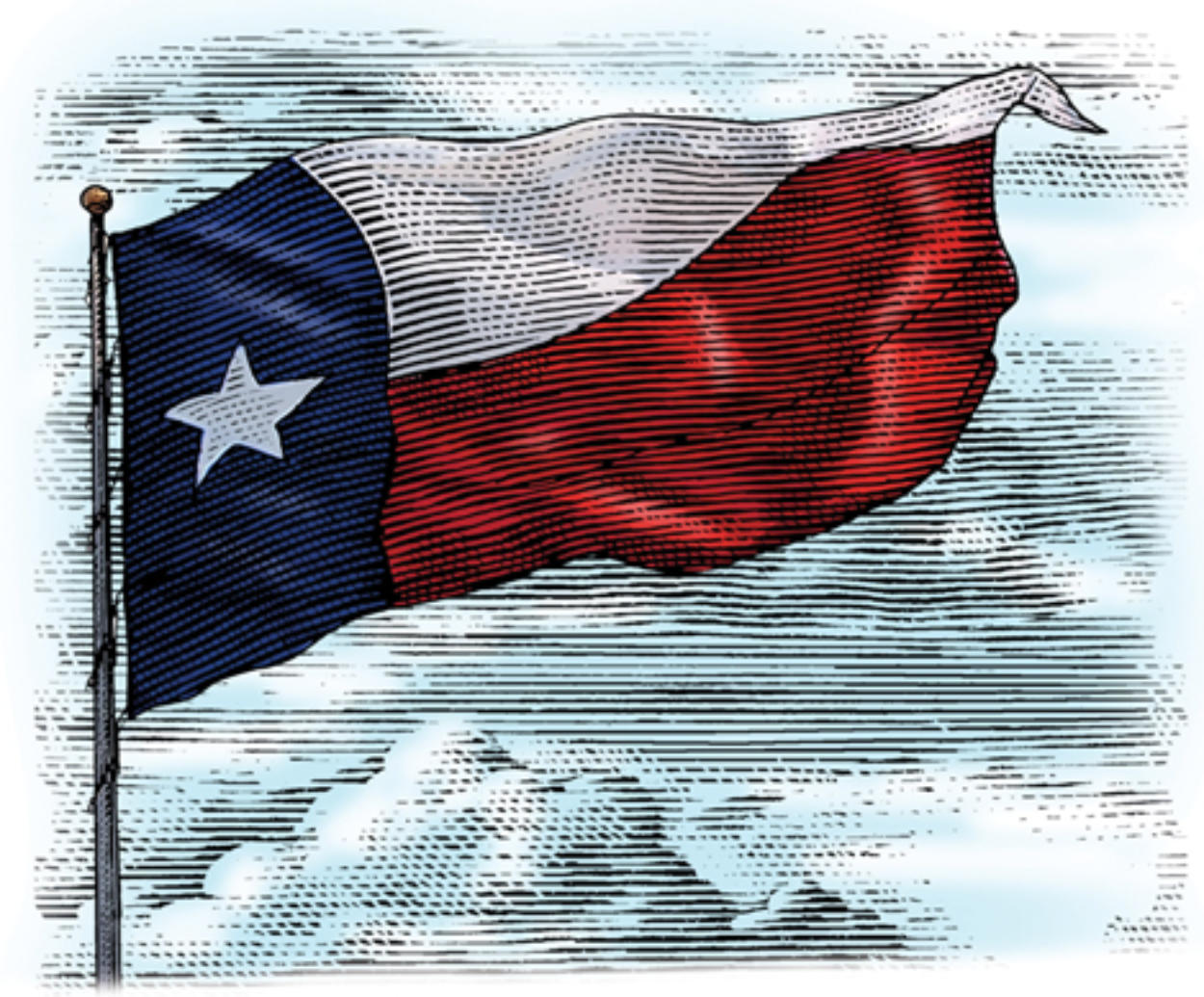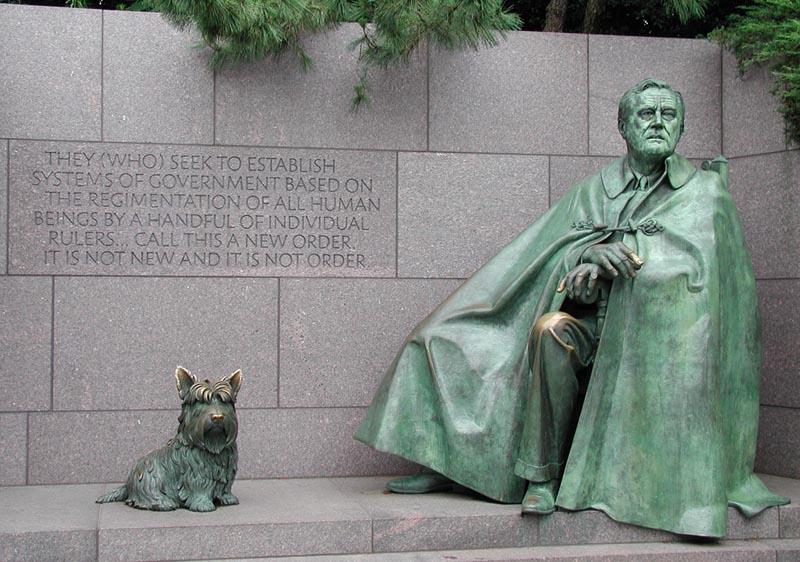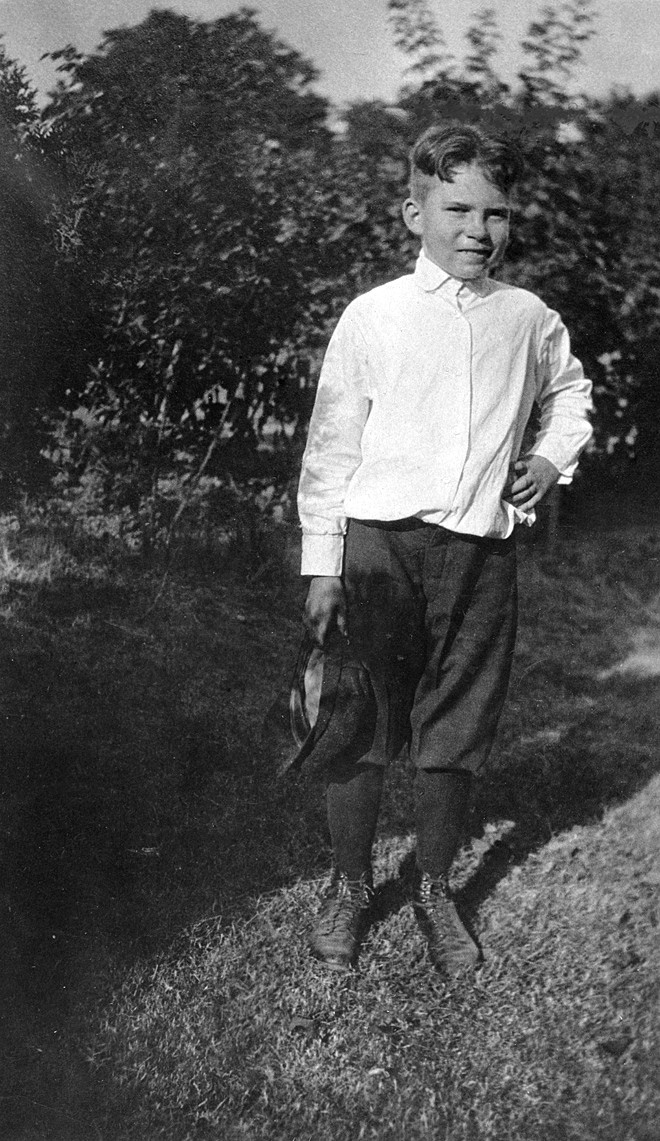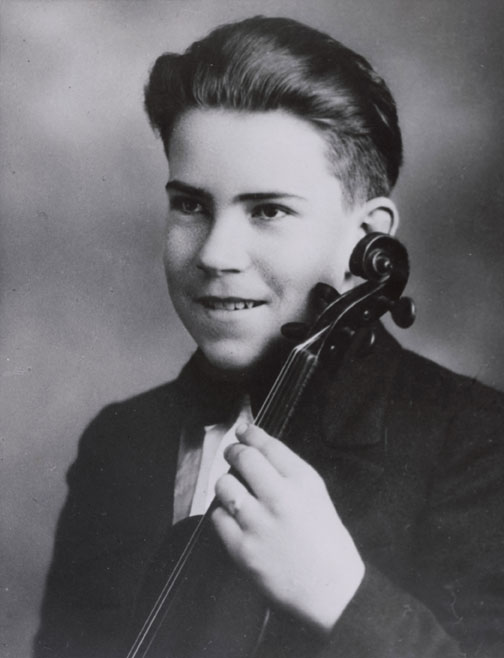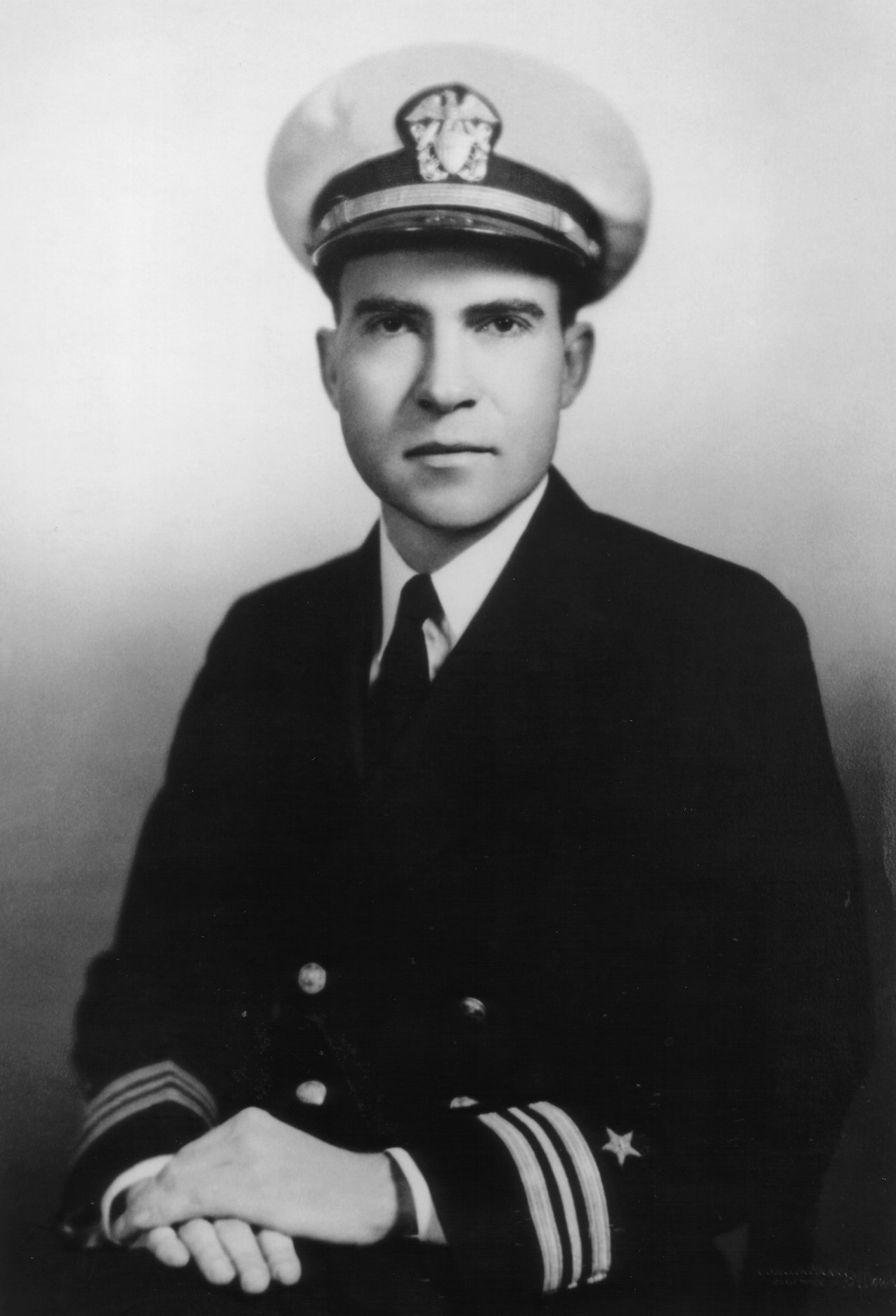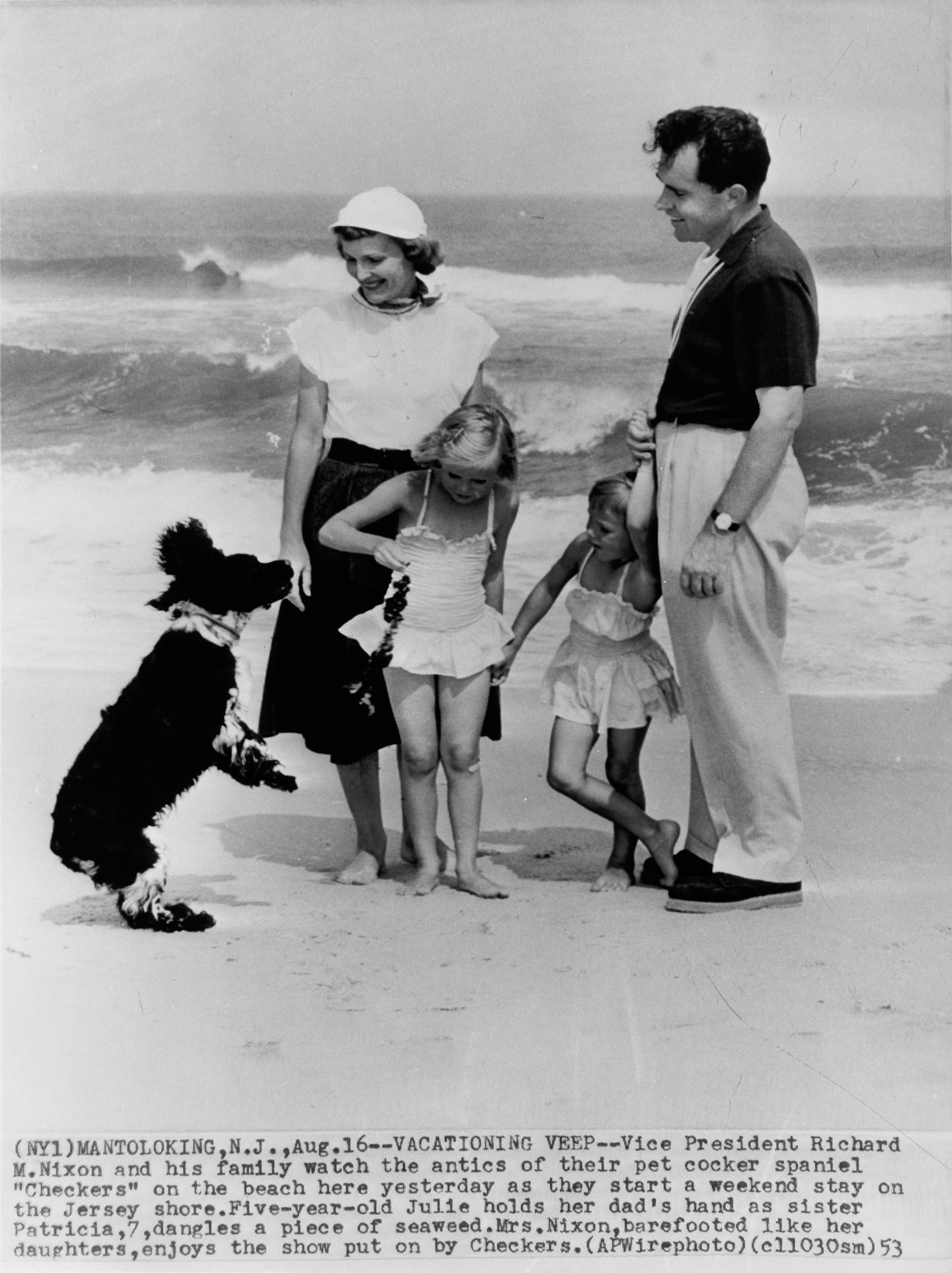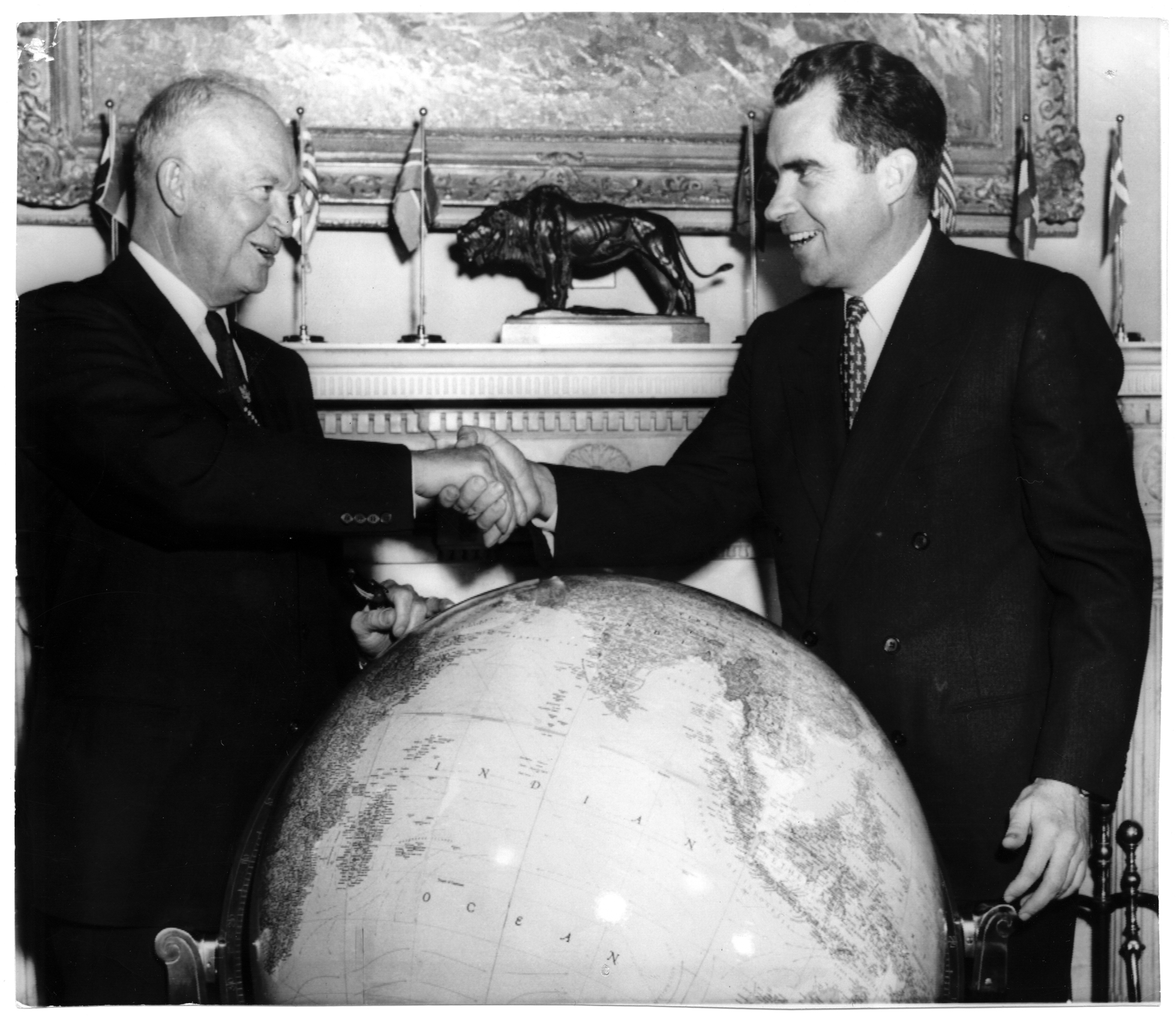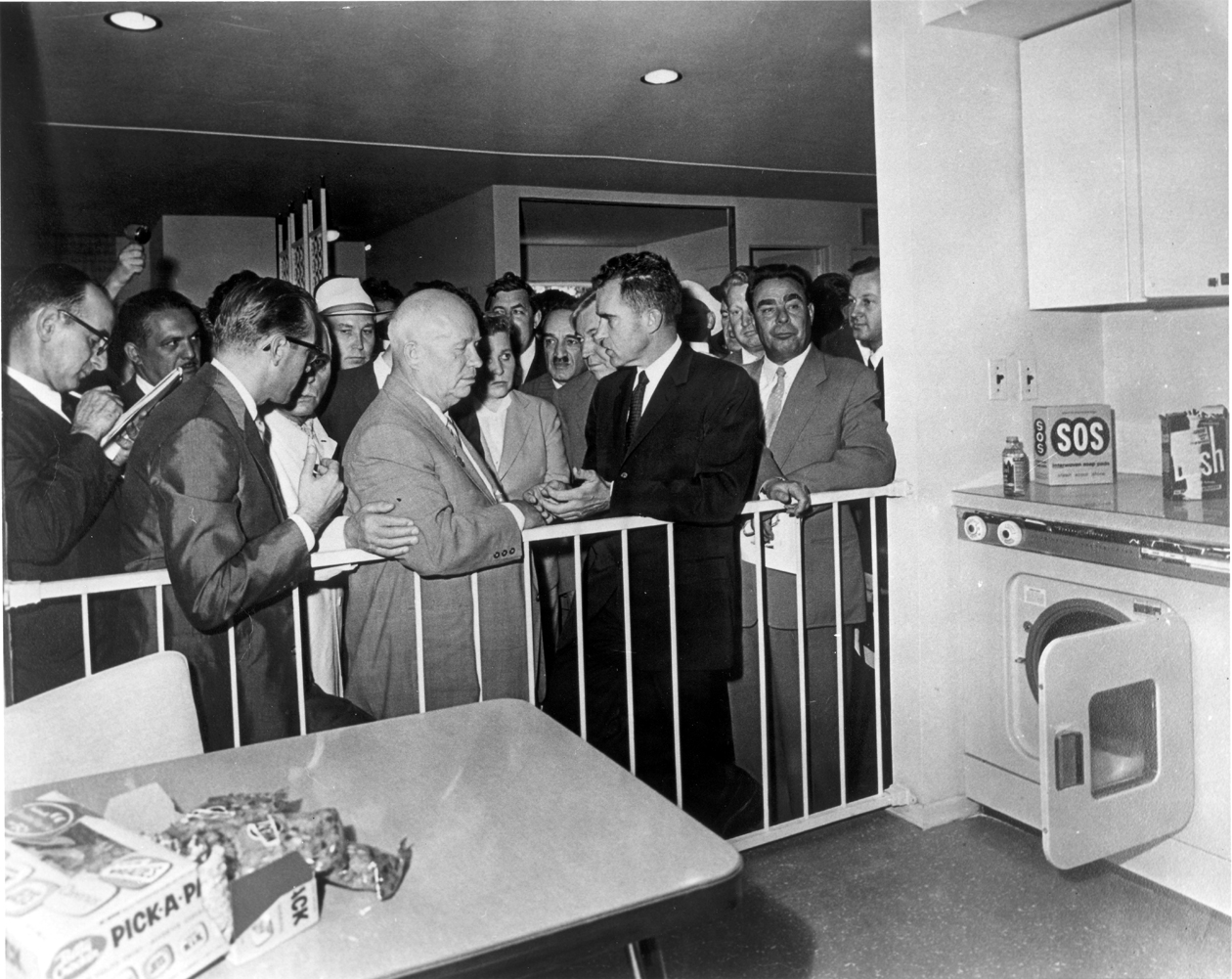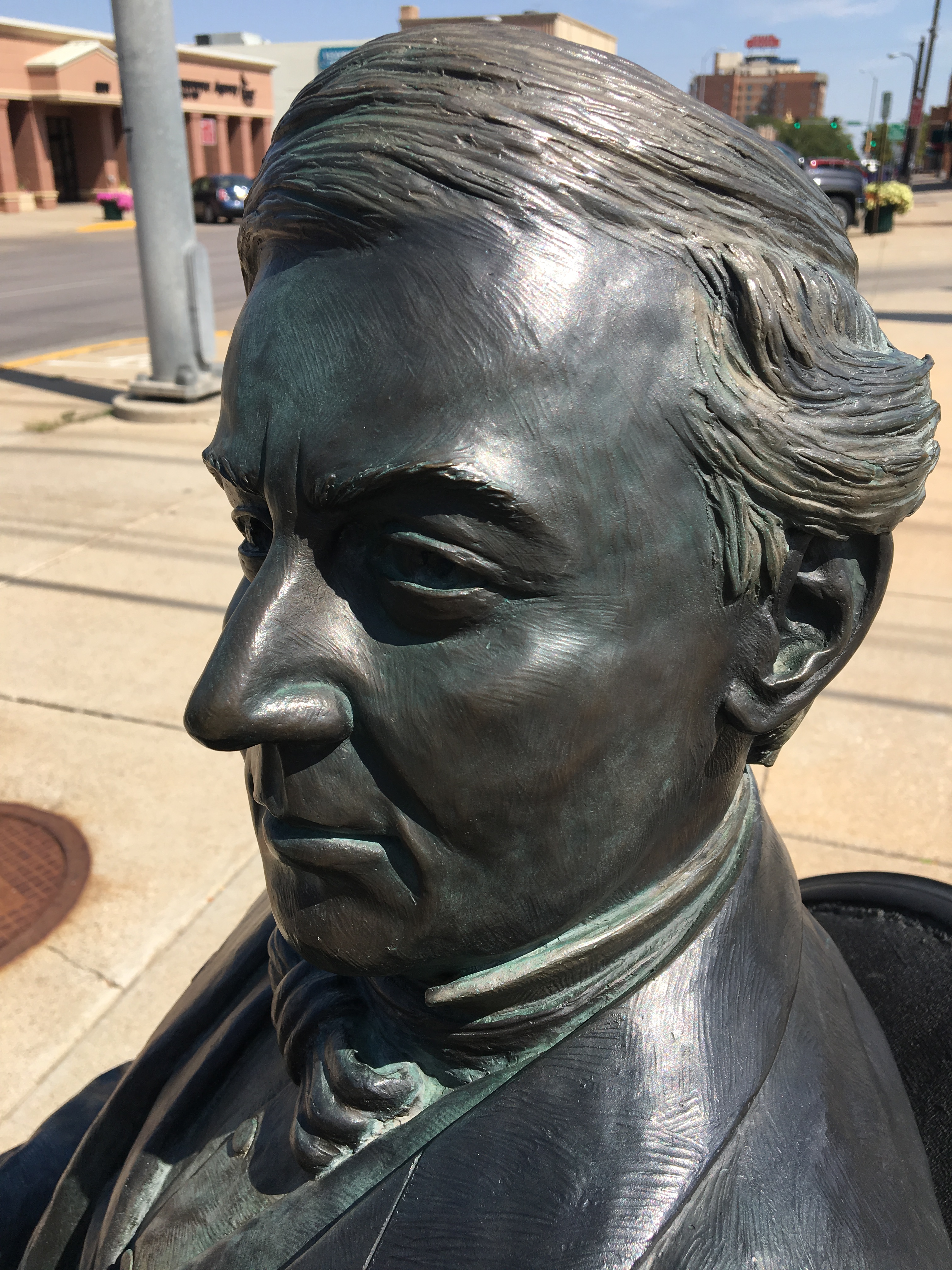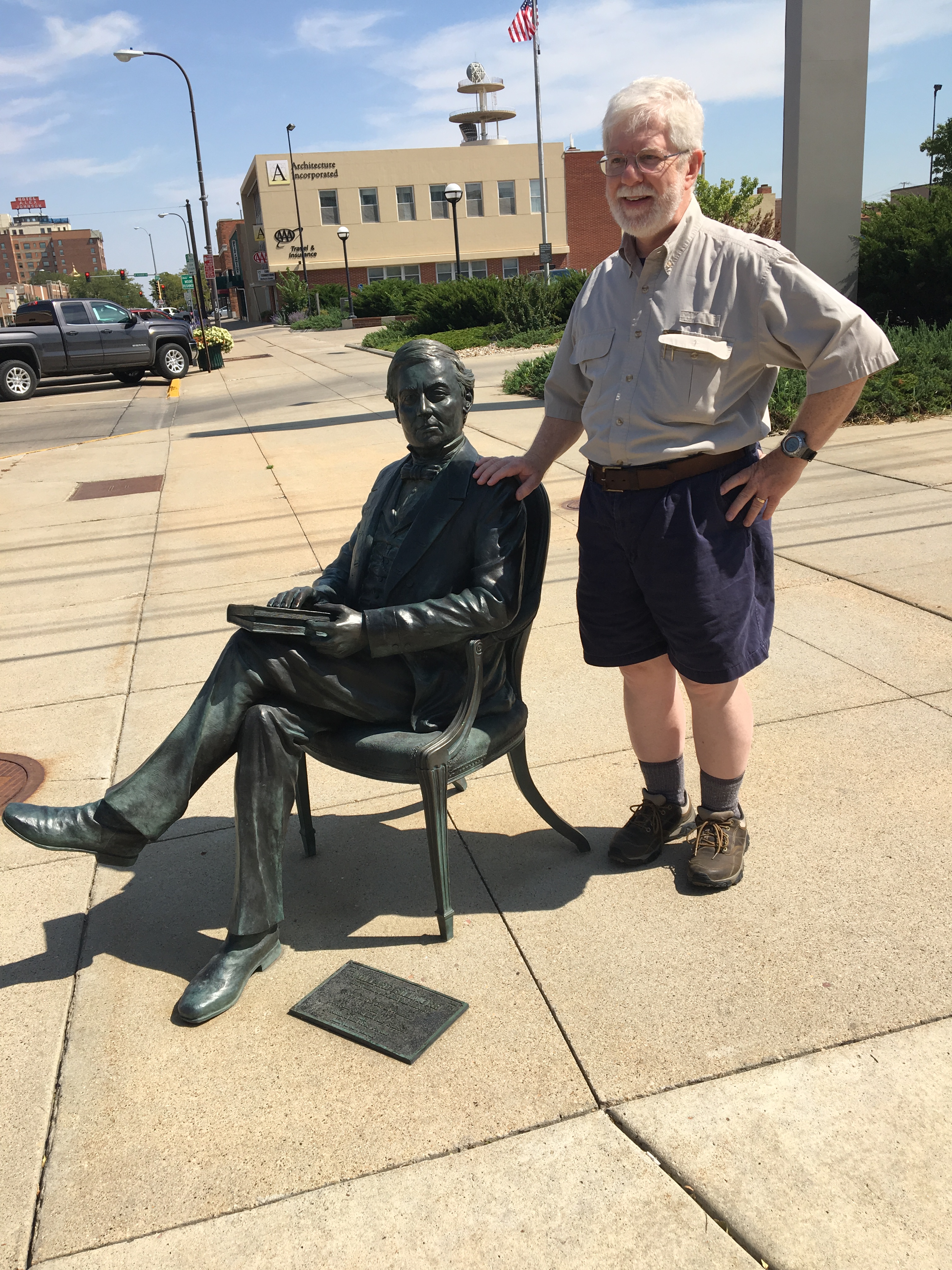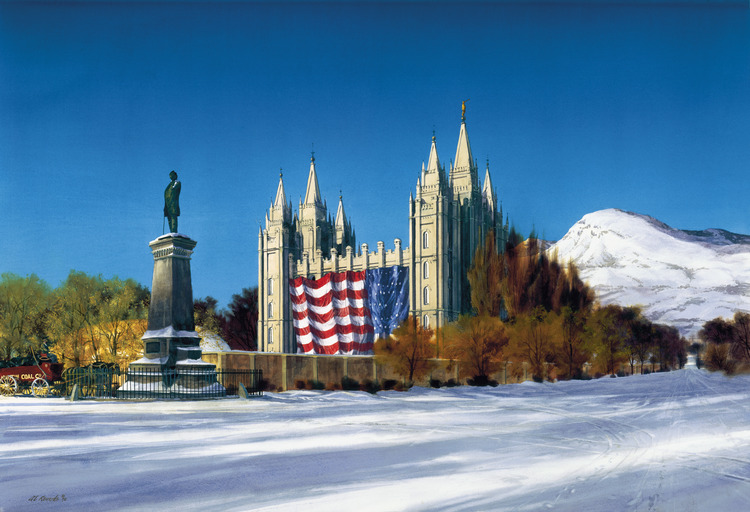
Official US Navy photograph of the U.S.S. Pueblo, taken shortly after it went into service as the AGER-2 intelligence gathering ship on May 13, 1967. Crypto Museum image.
January 23 is the anniversary of the North Koreans‘ capture of the spy boat, U.S.S. Pueblo, in 1968 — a beginning of a momentous year for bad events. The saga of the Pueblo and its crew, including especially Cmdr. Lloyd Bucher, is of special interest to me because it features a series of some of the grandest, best and most humorously-American hoaxes ever perpetrated by imprisoned people against their captors and wardens. This is one of the great Kilroy stories of American history. It should not be forgotten. Especially with the role North Korea plays in contemporary angst, the Pueblo episode should not be forgotten. This is an encore post, with new links added.
1968 brought one chunk of bad news after another to Americans. The year seemed to be one long, increasingly bad disaster. In several ways it was the mark of the times between the feel-good, post-war Eisenhower administration and the feel-good-despite-the-Cold-War Reagan administration. 1968 was depressing.

USN Cmdr. Lloyd M. Bucher (Photo credit: Wikipedia)
What was so bad?
- Vietnam manifested itself as a quagmire. Just when Washington politicians predicted an end in sight, Vietcong militia launched a nationwide attack in South Vietnam on the Vietnamese New Year holiday, Tet, at the end of January.
- Civil rights gains stalled, and civil rights leaders came out in opposition to the Vietnam war.
- President Johnson fared poorly in the New Hampshire primary election, and eventually dropped out of the race for the presidency (claiming he needed to devote time to making peace in Vietnam).
- Labor troubles roiled throughout the U.S., including a nasty strike by garbage collectors in Memphis. It didn’t help to settle the strike that the sanitation workers were almost 100% African American, the leadership of Memphis was almost 100% white, and race relations in the city were not so good as they might have been – the strike attracted the efforts of the Southern Christian Leadership Conference, and Martin Luther King, Jr. – who was assassinated there in early April. In response, riots broke out in 150 American cities.
- Two months later, in June, with the Vietnam War as a very divisive issue, the presidential campaign was marked by great distress of voters and increasing polarization. Sen. Robert F. Kennedy appeared to pull into the lead when he won the California primary in June, but he was assassinated that night.
- Tens of thousands of anti-war protestors, angry at President Johnson, showed up at the Democratic National Convention in Chicago – with Johnson out of the race, the protests were essentially for show. Mayor Richard J. Daley took offense at the protestors, and Chicago policemen, who considered themselves the political opposites of the shaggy-haired protestors, attacked the protestors with clubs and tear gas. A national commission later called it a “police riot.”
- Apart from Chicago, and the post-King assassination riots, America saw eight other massive riots in cities across the nation; riots also occurred around the world, notably in Paris, France.
- Vice President Hubert Humphrey could not make his opposition to the Vietnam War known soon enough or broadly enough, and had a tough campaign against Republican, former Vice President Richard Nixon, who promised that he had a “secret” peace plan for Vietnam. Nixon won in a squeaker. Nixon had no secret peace plan.
At the end of the year, the U.S. got a feel-good story out of the Apollo Project, when NASA launched Apollo 8, which orbited the Moon on Christmas Eve. But when people remember 1968, it’s the strife most recall first.
Throughout 1968, there was the continuing sore of Americans held captive by the Republic of North Korea.
Commander Lloyd M. Bucher and the men of the U.S.S. Pueblo were captured by a superior force of North Korean gunboats on January 23, 1968, a few days before the Tet Offensive. Their capture and 11 months of captivity were a trial for the 84 men, and an embarrassment for the U.S.
Tortured and unable to effect an escape, Bucher and his men did the next best thing: They played hoaxes that made the North Koreans look silly.
Among other things, Cmdr. Bucher had signed a confession demanded (by torture) by North Korea. When news of this confession was revealed in the western press, observers were concerned that a U.S. citizen would succumb to making what was regarded as a false confession, but a coup for communist totalitarians. The texts of the confessions and other material from the captives, however, revealed something quite different. The confessions were written or edited largely by Bucher and the crew, and to an American with any familiarity with popular culture, they were hilarious.
My recollection was that at least one of the confessions was that the Pueblo had indeed penetrated North Korean territorial waters, but it was phrased to make it sound like the definition of rape offered in the Uniform Code of Military Justice (UCMJ). I could not find any record of that confession on the internet.
At some length, I succeeded in getting a copy of the out-of-print autobiography of Cmdr. Bucher, to check my memory of the confessions. The book is out of print. I found a couple of copies at a used book vendor, very inexpensive, through Amazon.com. However, shortly after ordering the books, I was informed by both the Post Office and the vendor that the books had been destroyed by sorting machinery. Fortunately, they had been shipped separately, and one finally arrived.
Unfortunately, the “Final, final confession” does not contain what I recall. However, the book revealed that after the writing of the “Final, final,” Bucher’s crew was asked to write more – apologies to the people of North Korea, and other propaganda documents. It was in those documents that the text I recalled, appeared.
2008 marks 40 years since that terrible year, 40 years since the Pueblo incident. For the sake of posterity, and to aid your lesson plans, here is the part of the confessions I recall which has not been available lately.
Bucher: My Story, Commander Lloyd M. Bucher, USN, with Mark Rascovich, Doubleday 1970, Dell 1971; p. 342
We did in fact get away with a composition that matched my Final, Final Confession for brazen kidding of the KORCOMS, and which far surpassed it in subtlety. Blended into the standard Communist verbosity were such lines of our own as:
“We, as conscientious human beings who were cast upon the rocks and shoals of immorality by the tidal waves of Washington’s naughty policies know that neither the frequency nor the distances of these transgressions into the territorial waters of this sovereign peace-loving nation matter because penetration however slight is sufficient to complete the act.” (Rocks and Shoals is Navy slang for the Uniform Code of Military Justice and the last line contains the essential definition of rape.)
This was both delivered over film and TV and published in the “Ping-pong Times.” The Glorious General was well pleased and set the same team to working on the next letter.
North Korea was anxious to cash in on the propaganda opportunities of the confessions and other material, and spread these documents as far as their naïve public relations offices could. Eventually, in late November or early December, a photograph of the captives, intended to show them healthy and having a good time, was distributed to newspapers. In the photo, the crew were shown smiling on a basketball court, holding a basketball, with a few of their North Korean guards. The photo was not published widely in the United States, however, because almost to a man, the crew were displaying what they had told the North Koreans was a Hawaiian good luck symbol – extended middle fingers. U.S. papers thought the photo inappropriate. European papers published it, however, and eventually Time Magazine ran the photo, with an explanation.
When news got back to Pyong Yang that the North Koreans had been hoaxed, the North Koreans instituted a week of beatings and torture. Within a couple of weeks, however, the North Koreans handed over the crew back to the U.S., at Panmunjon. U.S. officials were convinced that their signing an insincere confession got the Pueblo crew released. Anyone who ever read O. Henry’s Ransom of Red Chief suspected the North Koreans got the crew out of North Korea before the crew could hoax the government completely away.
Fortunately, Lloyd Bucher and the crew of the Pueblo did not follow H. L. Mencken’s advice after the Fillmore Bathtub hoax, and swear off hoaxes completely.
Sadly, the Navy brought charges against Bucher for having failed to avoid capture. The heroes welcome the crew should have gotten, never happened. In months of litigation in Navy courtrooms, the brilliance of the resistance of the crew of the Pueblo was lost, and forgotten. Bucher was cleared, but his reputation was never the same. Officially, the tale of the Pueblo crew is not celebrated.
In an era when hoaxes generally aid and abet the works of scoundrels, crooks and traitors, we should pause for a short time to remember when brave American sailors used hoaxes to let their nation know they were alive and resisting, and to embarrass their captors. It was a sterling show of American spirit, and humor.
We need more shows of American spirit and humor.
More:

USS Pueblo after being captured by North Korea, from A-12 spyplane Photo: Wikipedia
- “USS Pueblo displayed as North Korean propaganda prize,” CBS News, January 25, 2018
- “Lessons for today of USS Pueblo‘s 1968 capture by North Korea,” Stuart Heaver, South China Morning Post, January 25, 2018
- “Remembering North Korea’s audacious capture of the USS Pueblo,” David Welna, NPR, January 23, 2018
- “Captured USS Pueblo displayed as N. Korean propaganda prize,” Eric Talmage, Associated Press via ABC News, January 24, 2018
- “The Time the U.S. Nearly Nuked North Korea Over a Hijacked Spy Ship,” Smartnews/ Smithsonian.com, January 28, 2014
- “USS Pueblo: LBJ Considered Nuclear Weapons, Naval Blockade, Ground Attacks in Response to 1968 North Korean Seizure of Navy Vessel, Documents Show,” National Security Archives, January 23, 2014
- “USS Pueblo sailors tortured in North Korea see new hope for compensation,” Carol Morello, The Washington Post, January 24, 2016
- A US Navy Ship Captured By North Korea In 1968 Has Suddenly Gone Missing (businessinsider.com)
- USS Pueblo (AGER-2, originally AKL-44), 1967-____ (chuckhillscgblog.net)
- US Navy sends warships to North Korean shores (rt.com)
- Also see, “Remember the Pueblo, the crew and Commander Bucher, and the Great Hoaxes of 1968,” at Millard Fillmore’s Bathtub
- Pueblo Being Moved to War Museum (americaninnorthkorea.com)
- Cleveland Plain Dealer, January 17, 2014, Jack Cheever: “North Korea will never give back the U.S.S. Pueblo — and that’s not all bad”
- “The story of the USS Pueblo,” Scoop San Diego (Mission Valley News)
- “Book reveals new details of N. Korea capture of Pueblo,” USA Today
Good news update: Much more information on the Pueblo incident is available online now, than when I first wrote about it in 2008. Still no celebrations.

Yes, this is an encore post. Defeating ignorance takes patience and perseverance.
Save
Save
Save
Save
Spread the word; friends don't allow friends to repeat history.




 Posted by Ed Darrell
Posted by Ed Darrell 